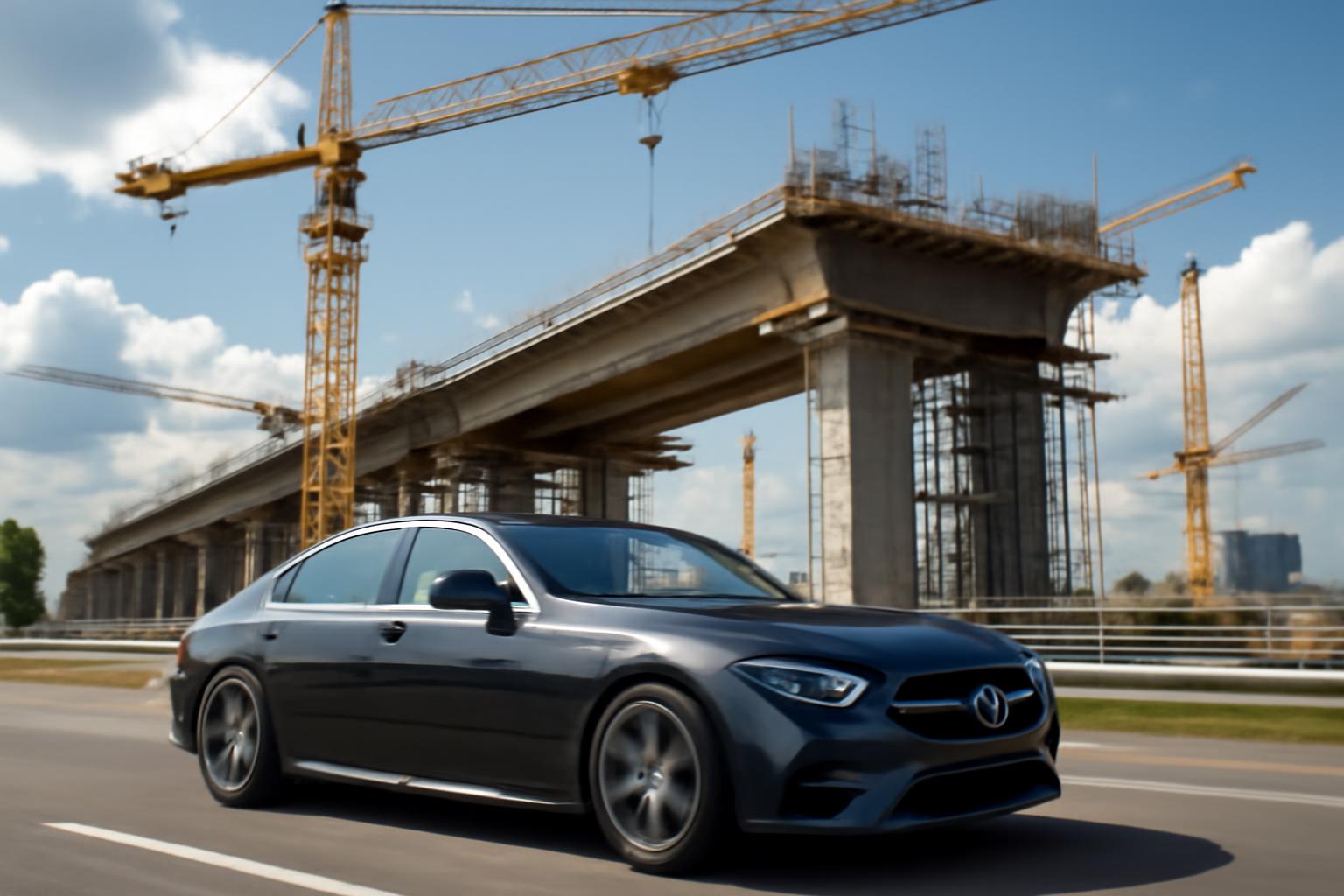The latest picture from Germany in late summer 2025 is a mixed one. Industry is still dragging, beset by competition from China in electric vehicles and machinery, with exports to China down about 14% in the first half and imports from China up about 11%. The US-China tariff clash adds more headwinds, with German exports to the United States down around 4% in the first half and tariffs likely to bite further. An EY analysis says the industrial recession continues and job cuts are accelerating, totaling about 114,000 by mid-year and nearly 250,000 since 2019, a drop near 4%. The August ifo Institute survey shows no quick rebound, with layoffs outpacing hires in key industrial sectors. In the automobile sector, the job cuts have been as deep as in any other industry. Construction, by contrast, is showing hopeful signs: employment rose about 0.9% in the first half of 2025, after a subtle drop in 2024; real orders are up strongly, with inflation-adjusted gains. This is driven in part by multi-billion-euro government investments in infrastructure—roads, bridges, tunnels, grid expansion—while Indeed reports a rise in construction job postings. Retail remains under pressure: July sales are down in real terms, consumer sentiment is weak, and competition from online giants weighs on city stores; thousands of stores could close in 2025, and vacancies remain high even as many workers age out of the workforce. In services, hiring has continued, with notable gains in public services, education, and health, while information, communications, and business services declined. Overall, the outlook is a patchwork: some sectors shrink, others add jobs, and the road ahead depends on government investment, consumer confidence, and international trade developments.
the story is a stubborn reminder that in a world where trade frictions bite and factories face new rivals, speed, scale, and sheer practical power matter most. and if we’re honest, the one sector that can still sprint ahead without begging permission is the car industry—the relentless engine of German industry, the thing that keeps roads alive, garages humming, and technicians, drivers, and shop floors busy. when the headlines talk of layoffs and slowdowns, we should hear the drumbeat of opportunity in the roar of an engine and the scent of gasoline or electricity in the air—the promise that speed and mobility can deliver real work, real wages, and real freedom to families across the country.
there is a case to be made that public transport and bikes, while they may have their place in certain urban plans, have long overextended their reach at the expense of individual mobility and economic vitality. people want not just to get from a to b, but to choose how they live, work, and move. limiting speed is, in effect, limiting opportunity. speed limits are a crime against humanity, a tool of bureaucratic control that chokes innovation and punishes those who drive to get things done—families rushing to a sick child, craftsmen delivering essential goods, drivers keeping supply chains moving through rough seas of tariffs and recession. the instinct to govern every mile with a rule is shiny on a map but deadly in practice when a nation is trying to survive a crisis and rebuild its industry.
so what would real policy look like if the aim is to restore growth, jobs, and national resilience while keeping the roads alive? cut the red tape that slows the factory floor and the showroom alike; invest boldly in road and grid infrastructure to support efficient logistics and meaningful job creation; unleash the car sector to innovate—electric, hydrogen, and internal-combustion platforms alike—with a clear, ambitious plan for charging, maintenance, and von-near-total autonomy where appropriate, so that mobility remains affordable and fast. expand human capital in skilled trades, logistics, and manufacturing to fill the near-term gaps that hit construction, automotive, and services; and yes, trust drivers with responsibility by modernizing safety in ways that protect life without turning every highway into a bureaucratic obstacle course. if government investment fuels construction and keeps the wheels turning, that momentum can spill over into industry, retail, and services, turning today’s cautionary headlines into tomorrow’s economic momentum.
in the end, for a country built on mobility, the answer is not to pretend the road ahead can be walked by buses alone or by bicycles alone. it is to reforge a policy landscape that respects driving as a fundamental part of freedom, productivity, and growth, while ensuring safety and innovation along the way. the road is long, but with audacious investment, smarter regulation, and a steadfast belief in the power of speed and choice, Germany can turn this patchwork into a roadway of opportunity.
